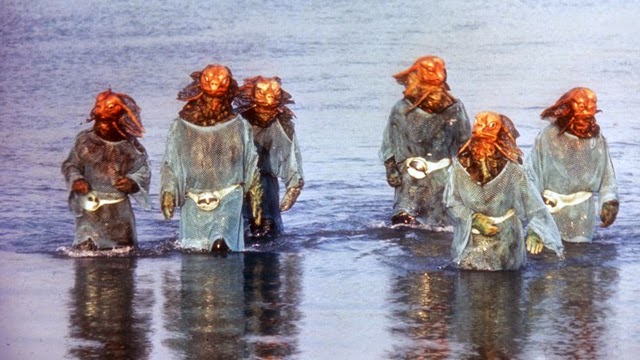
The legend found its apotheosis in Robert Johnson, a Mississippi-born musician who supposedly sold his soul to Satan himself, at midnight, near the very Dockery plantation where blues singer Charlie Patton was raised. So even though the Devil is an archetypal character who has shown up as a key player in popular music ever since the dawn of the recording era, what really cemented a potent, pseudo-romantic link between music and the occult was the belief that musicians could sell their soul to him in a Faustian exchange for musical greatness. It apparently was the sound used to call up the beast.” In the documentary film Metal: A Headbanger’s Journey, producer Bob Ezrin, who has worked with Alice Cooper, KISS, and Deep Purple, said: “There is something very sexual about the tritone. Tartini was one of a number of composers who used tritones, a musical interval that goes across three entire tones, and which was branded “Diabolus in Musica” or “The Devil’s Interval.” These dissonant chords reappear in heavy metal music by bands such as Slayer and Black Sabbath, and even in the edgy theme tune to The Simpsons. Satan was something of a multi-instrumentalist himself, because as well as playing the fiddle, Ezekiel 28:13 states that he had his own instruments (tabrets – small drums – and pipes) built into his very being. Venetian composer Giuseppe Tartini (1692-1770) said he was inspired to write the “Sonata In G Minor,” the so-called “Devil’s Trill,” after Satan, playing a violin, appeared to him in a dream.


No one knows for sure which 18th-century cleric said that “the Devil has the best tunes” (some of which you will find in our playlist) but long before Jelly Roll Morton had recorded a Devil-related song called “Boogaboo,” classical music had aroused consternation over “dance macabres” and immoral symphonies. It wasn’t just syncopated rhythms that caused trouble. For a time in the 20s, jazz was banned in hundreds of public dance halls. The Devil knew how to tempt, after all, whether with an apple or a sexy rhythm.

Saxophones were viewed with suspicion (the “scandalous” instrument had been banned by Pope Pius X in 1903) and when they were used to belt out jazz that aroused lewd dancing, it provoked alarm and moral outrage. As Morton recalled: “When my grandmother found out that I was playing jazz in one of the sporting houses, she told me that I had disgraced the family and forbade me to live at the house… She told me that Devil music would surely bring about my downfall, but I just couldn’t put it behind me.”Įven with big-band music in concert halls, there were anxieties. In 20s America jazz was seen as dangerous, the music of the brothel or the drinking den.


 0 kommentar(er)
0 kommentar(er)
